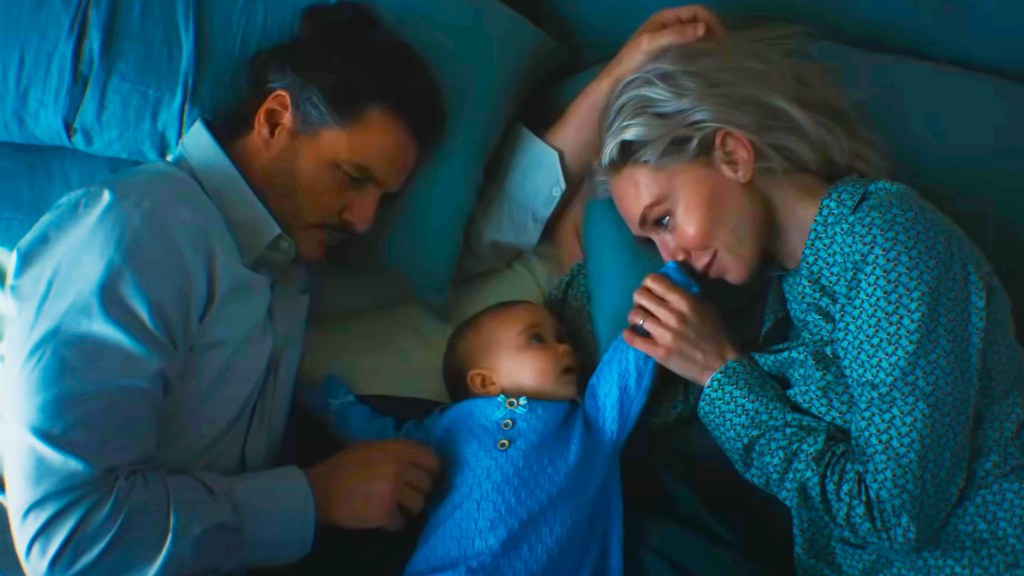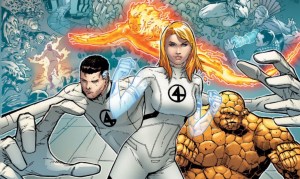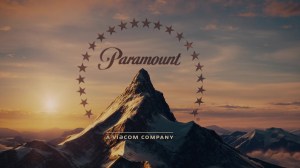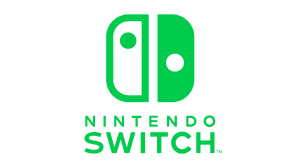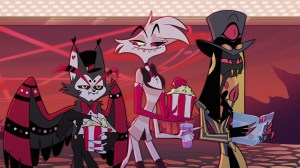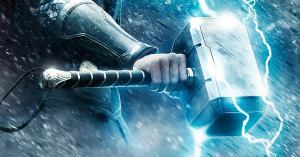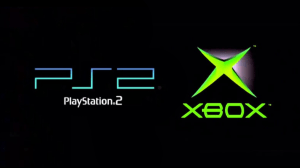Marvel Comics is famous for its massive crossover events, sprawling storylines that unite dozens of characters against a universe-shattering threat. For decades, epics like The Infinity Gauntlet and Secret Wars have defined eras of storytelling and given fans unforgettable moments. However, not every event is a classic. In the long history of Marvel, few storylines are as widely despised as 1996’s “Heroes Reborn”. The event was a desperate swing from Marvel Comics that is now largely remembered as a creative and commercial failure. Still, with the release of The Fantastic Four: First Steps, the MCU now has a chance to take the core concept of this infamous event and finally get it right.
Videos by ComicBook.com
Warning: Spoilers for The Fantastic Four: First Steps below.
The original “Heroes Reborn” was born from corporate desperation. In the mid-1990s, the comic book speculator bubble had violently burst, and while the X-Men line of books remained a sales juggernaut, Marvel’s foundational titles like Avengers and Fantastic Four were suffering from plummeting sales and creative stagnation. Facing the threat of bankruptcy, Marvel initiated a radical plan to reset some of its major superheroes.
Why Is “Heroes Reborn” Such a Despised Marvel Experiment?
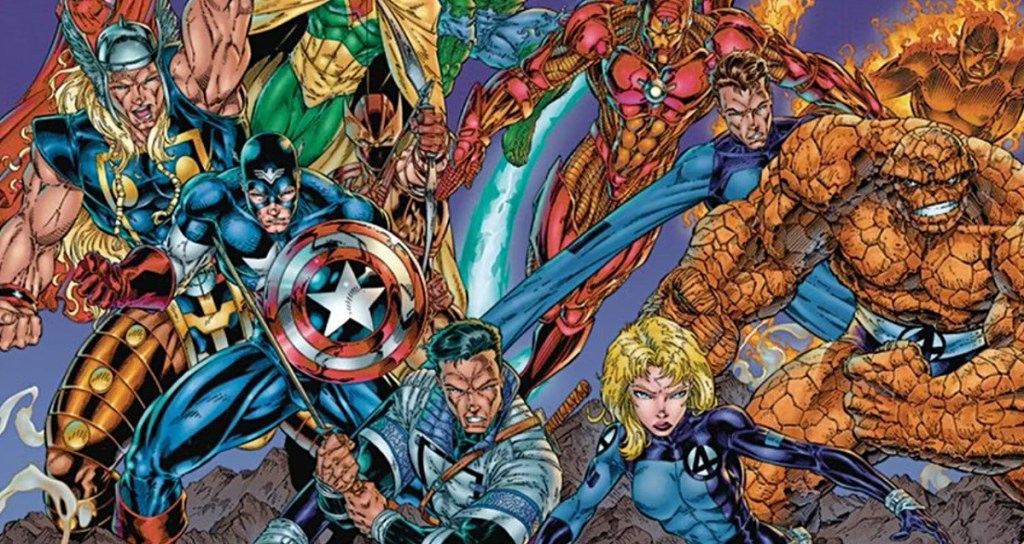
The narrative catalyst for the “Heroes Reborn” label was the “Onslaught” saga, a massive crossover event where the Avengers and the Fantastic Four seemingly sacrificed their lives to stop Onslaught, a monstrous psychic entity created from the merged subconsciousness of Professor X and Magneto. However, instead of dying, the heroes were secretly transported to a pocket universe subconsciously created by a grieving Franklin Richards, who couldn’t bear to watch his family perish. This became the “Counter-Earth,” where the heroes would be rebooted without any previous memory of their past adventures.
To execute this reboot, Marvel made the highly controversial decision to outsource the production of its four core titles — Fantastic Four, Iron Man, Avengers, and Captain America — to the studios of their former star artists, Jim Lee and Rob Liefeld. These were two of the founders of Image Comics, a rival publisher they had started after a very public and acrimonious split with Marvel just a few years earlier. The move was widely seen as a humiliating admission of defeat, with Marvel handing its crown jewels to the very creators who had left them behind. The decision also caused significant internal backlash and alienated loyal readers by unceremoniously removing popular creative teams. The most notable casualty was the universally acclaimed team of writer Mark Waid and artist Ron Garney on Captain America, whose character-driven run was a critical and sales success that stood in stark contrast to the gritty trends of the era.
The “Heroes Reborn” books themselves were largely a critical disaster and a commercial disappointment after an initial sales spike. The new origins were often seen as convoluted, and the art style was heavily criticized for embodying the worst excesses of ’90s comics. This was most famously exemplified by Rob Liefeld’s promotional art for Captain America, which depicted Steve Rogers with a bizarrely distorted and impossibly large chest. The image became an instant source of ridicule and remains an infamous meme symbolizing the era’s anatomical absurdities. Liefeld’s run was so poorly received that Marvel terminated his contract after only six issues, with Jim Lee’s studio taking over the remaining books to finish the year-long experiment. Ultimately, the event failed to revitalize the characters, and the Heroes Return miniseries brought the heroes back to the main Marvel universe, with most fans celebrating the end of the failed relaunch.
The MCU Can Redeem “Heroes Reborn”

The Fantastic Four: First Steps establishes its version of Franklin Richards as a being with incredible reality-warping powers. In the movie, Galactus (Ralph Ineson) wants to take control of Franklin so the baby can absorb the Celestial’s never-ending hunger, freeing him from his torment. Furthermore, during the movie’s final arc, Franklin even resurrects his mother after Sue (Vanessa Kirby) sacrifices herself to push Galactus into a portal towards a distant corner of the universe. Finally, The Fantastic Four: First Steps reveals Doctor Doom (Robert Downey Jr.) is after Franklin, underlining how the child will play a major role in the upcoming Avengers: Doomsday and Avengers: Secret Wars, developed to put an end to the Multiversal Saga. It seems, then, that Franklin Richards might help Marvel Studios to soft-reboot the MCU, likely mimicking his role in “Heroes Reborn.”
When he single-handedly resurrects his mother from death as an infant, he demonstrates an ability to rewrite the most fundamental laws of existence. This act positions him as one of the most powerful figures in the entire Marvel Cinematic Universe. As the Multiverse Saga builds towards the cataclysmic events of Avengers: Doomsday and Avengers: Secret Wars, the very fabric of countless realities will be threatened with annihilation. This level of cosmic chaos requires an equally powerful solution, and Franklin Richards is being perfectly set up to be that solution. Just as he did in the comics, Franklin can save everyone from a collapsing multiverse by using his immense power to create a single, new, stable reality: a reborn MCU.

A “Heroes Reborn” scenario done right opens up a wealth of creative opportunities for a new phase of the MCU. It would allow Marvel to streamline its universe, providing a clean slate for new audiences while rewarding longtime fans who witnessed its creation. This new reality could feature a new Tony Stark facing a more comic-accurate Mandarin, or a new Steve Rogers embarking on adventures that the original never had the chance to.
Recent comments from Marvel Studios head Kevin Feige, who confirmed original Avengers will eventually be recast, perfectly align with this possibility. A Franklin-created universe provides the ideal in-story mechanism to introduce new actors into these iconic roles without invalidating the monumental legacies of Robert Downey Jr. and Chris Evans, for instance. In addition, this narrative path would allow the MCU to both discard everything that didn’t work before while also maintaining the canon coherence that ties every project together. Something similar also happened in Marvel Comics after the second Secret Wars miniseries, so there’s enough precedent for the MCU to do the same. As such, by making the creation of a new universe the very endpoint of its grandest saga, the MCU can take the name of Marvel’s worst event and transform it into the foundation for its most promising future.
The Fantastic Four: First Steps is currently available in theaters.
Do you think the MCU should adapt a version of Heroes Reborn after Secret Wars? Let us know in the comments.

